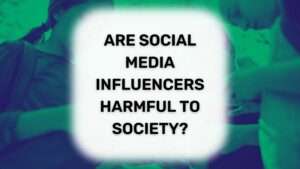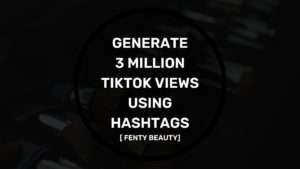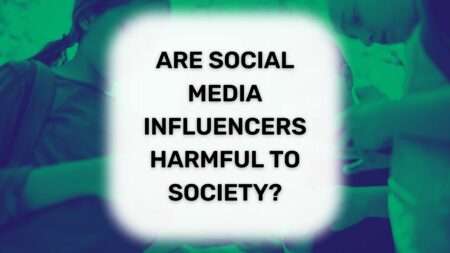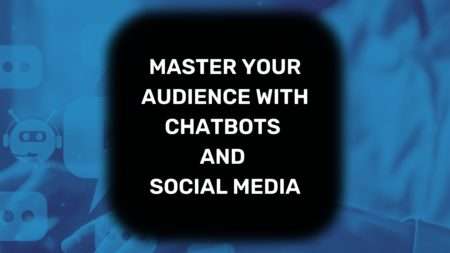What you’ll learn…
Introduction
The term “Web3” has been gaining popularity in the tech industry, especially in the realm of blockchain and cryptocurrency. Web3, also known as the decentralized web, is the evolution of the internet, where decentralization and security are at its core. It aims to eliminate the reliance on centralized intermediaries that control and monetize user data. With the emergence of Web3, digital brand building is taking a new direction, moving towards decentralization. A key tool for this is the DAO.
DAO stands for Decentralized Autonomous Organization. This is an innovative form of organization that operates on a blockchain platform without a centralized authority or management. The rise of DAOs has unlocked a new era of community-driven and decentralized organizations, with over $12 billion worth of assets under management in DAOs as of January 2022.
What is a DAO?
Decentralized Autonomous Organizations (DAOs) use blockchain technology to create a decentralized structure. This structure allows for the creation of a network of members who work together to make decisions and carry out actions without the need for a central authority.
The concept of DAOs dates back to 2013, with the creation of the first DAO, called “The DAO.” While this project eventually failed due to a security vulnerability, it was a groundbreaking experiment. It set the stage for future developments in the field. Since then, DAOs have become increasingly popular in the blockchain and cryptocurrency industries. Now, a growing number of projects are exploring the possibilities of this innovative organizational model.
Centralized vs Decentralized organization
The key difference between a centralized and decentralized organization is that in a centralized organization, decision-making and control are typically in the hands of a few people or a single authority. In a DAO, members have an equal say in the decision-making process, and decisions are made through consensus among the members.
One of the key benefits of a DAO is that it allows for increased transparency and accountability. All members have access to the same information and are involved in the decision-making process. This typically creates less opportunity for corruption or misuse of power. Additionally, DAOs can be more efficient and cost-effective, as they eliminate the need for intermediaries and administrative overhead.
Overall, DAOs represent an exciting new way of organizing people and resources in a decentralized and transparent manner. As the field continues to evolve and mature, we can expect to see more innovative uses of DAOs in a wide range of industries and applications.
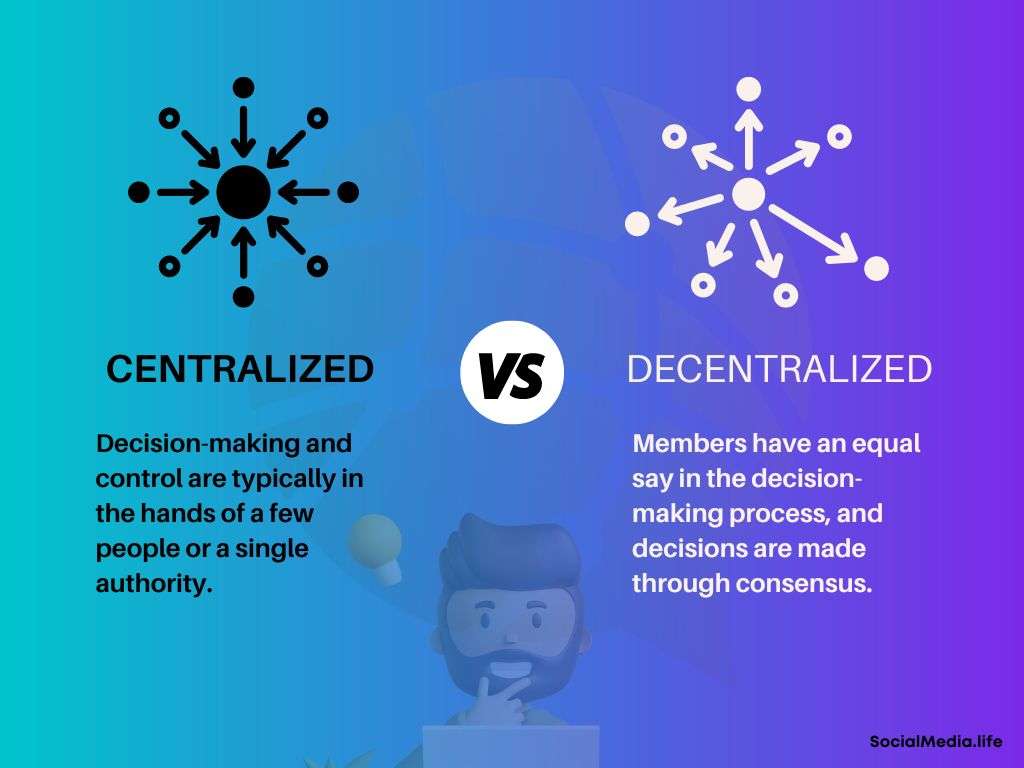
How does a DAO work?
DAOs operate through a set of rules encoded as smart contracts on a blockchain network. Smart contracts are self-executing programs that can be programmed to perform specific tasks automatically, without the need for intermediaries.
DAO members hold tokens that represent ownership in the organization and provide the right to participate in decision-making processes. There are two primary governance models of a DAO: token-based governance and reputation-based governance.
Token-based governance
In token-based governance, members use their tokens to vote on proposals and make decisions. The more tokens a member holds, the more voting power they have. This model is straightforward and easy to implement, but can lead to a concentration of power in the hands of a few large token holders.
Reputation-based governance
In reputation-based governance, members earn reputation points based on their contributions to the organization, such as providing valuable insights or completing specific tasks. Reputation points determine a member’s voting power in decision-making processes. This model can help prevent the concentration of power in the hands of a few large token holders but can be more complex to implement.
The benefits of a DAO include transparency, immutability, and community-driven decision-making. By removing the need for intermediaries, a DAO can reduce transaction costs and increase efficiency. However, there are also challenges to consider, such as the potential for security vulnerabilities and the difficulty of ensuring the participation and engagement of all members.
Use Cases for DAOs
DAOs can have a wide range of use cases across various industries. They provide a modern way for a brand to build and engage with its community. By allowing token holders to have a say in decision-making and strategy, DAOs can create a sense of ownership and empowerment among the community members. This can help build a strong brand identity and foster long-term loyalty.
In addition, DAOs can be used for community development. This is done by allowing members to contribute and earn rewards through a decentralized platform. In industries such as gaming and social media, this can be especially useful, because user-generated content and engagement are crucial for success.
DAOs can also be utilized for investment and fundraising purposes. By leveraging smart contracts and token-based governance, DAOs can provide a transparent and efficient way for investors to participate in funding rounds and company direction.
Finally, DAOs can serve as a unique model for governance and decision-making. By allowing token holders to participate in the decision-making process, DAOs can facilitate more democratic and inclusive decision-making. However, this does come with its own set of challenges, such as the potential for vote manipulation and the need for clearer guidelines and protocols.
Starting a Web3 Brand with a DAO
Starting a web3 brand with a DAO can be an exciting and revolutionary way to create and grow a decentralized community.
1. Choose the right platform and protocol.
To get started, it’s important to choose the right blockchain platform and protocol. One that aligns with your brand’s vision and goals. Once the blockchain is selected, the next step is to develop a whitepaper that outlines the purpose and structure of the DAO. Defining the mission and vision of the brand is critical to shaping the overall direction of the project.
2. Design the token and governance structure.
Designing the token and governance structure is a vital aspect of a successful DAO, as it allows for fair and transparent decision-making. Token-based governance models are popular among DAOs, allowing token holders to participate in decision-making. Reputation-based governance models are another option, where members with high reputations hold more influence over decisions. Building a community around the brand is a key component to a successful DAO, with various social media and forum platforms to leverage for engagement.
3. Launch and grow the brand.
Finally, launching and growing the brand requires a solid marketing plan and a clear understanding of the target audience. By embracing web3 technology and the principles of decentralization, DAOs create a strong and loyal community. When done right, these communities invest in the success of the brand.
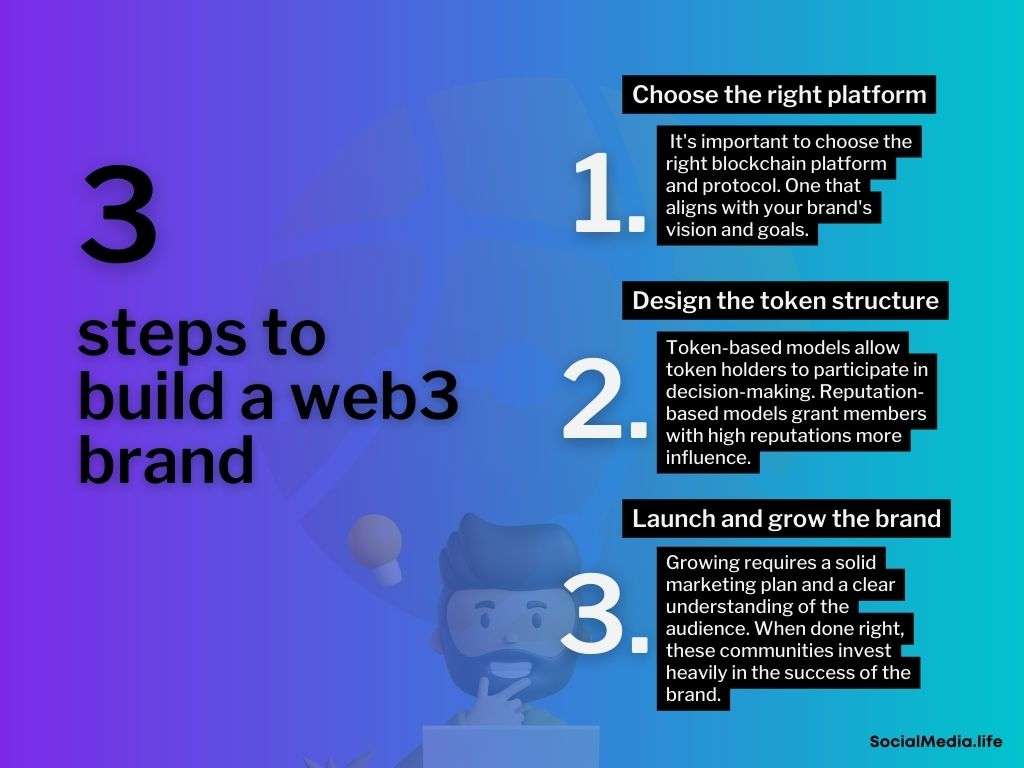
Summary
DAOs represent a new paradigm for decentralized organization and community-building, providing opportunities for innovation and growth in the Web3 ecosystem. By leveraging the power of smart contracts and token-based governance, individuals and brands can create a unique model for collaboration and decision-making.
Starting a Web3 brand with a DAO requires careful consideration and planning. This includes choosing the right blockchain platform, designing the token and governance structure, building a community, and launching and growing the brand. As the Web3 landscape continues to evolve, DAOs will likely become an increasingly important tool for Web3 brand building.
For those interested in starting a Web3 brand with a DAO, it’s essential to stay informed about the latest trends and developments. Be willing to embrace experimentation and innovation. With the right approach, a Web3 brand powered by a DAO has the potential to make a significant impact in the decentralized world.

